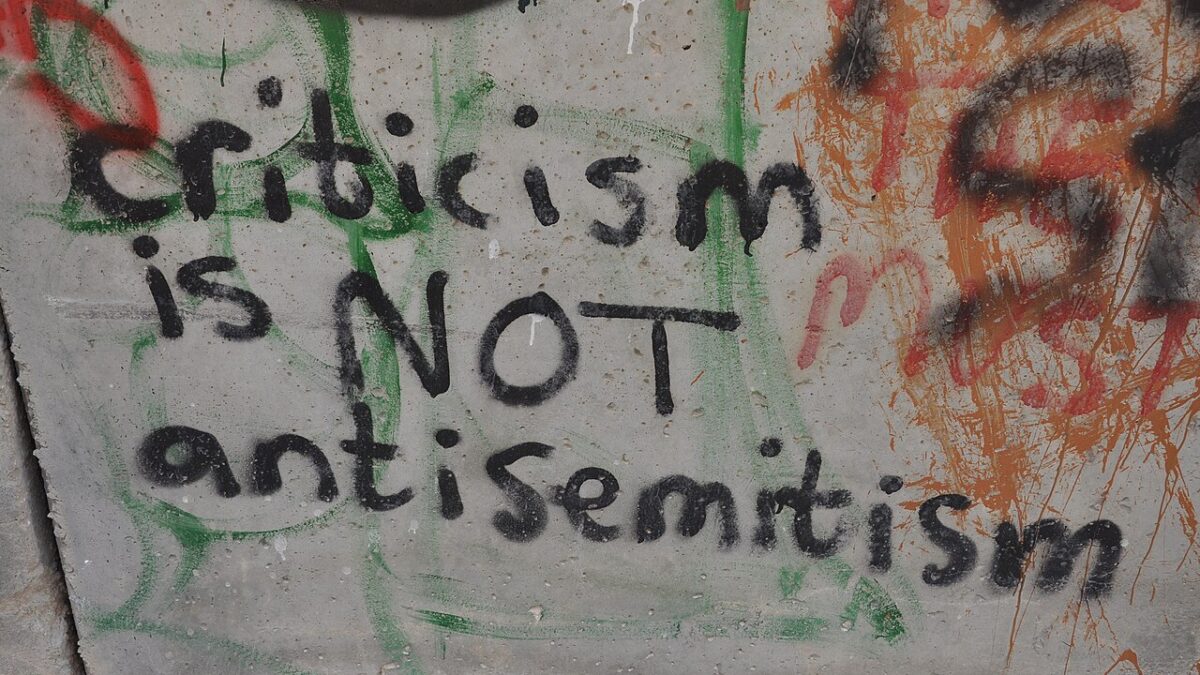The “diversity, equity, and inclusion” (DEI) agenda is a dead-end philosophy that can only end in the destruction of all groups. Is it any wonder that we are currently seeing this Frankenstein monster rampage through society, whether it be the Nashville shooter targeting white children or Palestinian groups turning on their Democratic supporters? If the frame you present only consists of victims and their abusers, there is only one way this can end, and that’s with the poisoning of our entire society.
In our new book, The Diversity Con: The Secrets and Lies Behind the Shady DEI Industry, Project Veritas whistleblower David Johnson and I engage in a deep dive into the strategies, financing, and history behind this philosophy, which has currently captured so much public interest.
We must begin with the acknowledgment that our opponents have done an excellent job of creating interest in the subject of how different groups survive and thrive in society. We want to learn about history, such as the racial separation laws of the Jim Crow South, which forbade a white man from playing a game of checkers with a black man. But we must be vigilant that we draw the correct conclusions. It is not just that these laws disadvantaged black people; it’s that they prevented both sides from seeing their common humanity.
There has been a trend over many years: Activism in student groups and the arts has been mostly a left-wing phenomenon, driven by deconstructionist theories and radical professors. Instead of teaching the unity of humanity, they have promoted eternal war.
Undercover and Embedded in DEI Hotbeds
We began our investigation of DEI with Johnson going undercover at several of these training sessions to understand how this brainwashing was being accomplished. What he discovered was truly remarkable, although not unexpected to those familiar with the rules of persuasion.
Each training course could be broken up into three distinct sessions. First, they open with an initial history and background section, composed of interesting facts and agreed-upon interpretations of history. Second, they move to some more radical ideas, although still remaining within the bounds of reasonable debate. Third, they shift to absolute craziness, such as the claim in one presentation that a mother taking pictures of her 7-year-old son masturbating and then displaying them in an “art show” was not a form of child pornography.
In each training course Johnson attended, the subject matter divided people into different groups — usually some variation of the Marxist perspective of “oppressor and oppressed.” How can one ever make peace with his oppressor? And how can any person who might consider himself historically “oppressed” work to make himself an “oppressor”?
Perhaps it would be helpful to look at behaviors among certain groups to determine their success in society. Yes, it is true we are looking at groups, but this is more a question of behaviors than any genetic traits. Thankfully, we have some good data.
According to a 2018 study from the Institute for Family Studies, 85 percent of Asian children live with married parents, while 74 percent of white children, 61 percent of Hispanic children, and 36 percent of black children live with married parents. We understand that a stable family creates an environment in which children have the greatest chance to achieve their full potential.
One of the difficulties with data such as this is how we might quickly effect change. Marriage rates will not improve quickly, no matter how much attention is devoted to the issue. However, over time, we may come to an improved understanding of the effect divorce might have on children — and just maybe, the adults involved may decide to make better choices.
Example after example of alleged “inequity” or “oppression” in these trainings could be debunked by data studying behaviors of individual groups. Isn’t it time we all became “success supremacists” looking at what works among other groups and seeking to emulate it in our group?
Follow the Money
Probably the most shocking chapter of our book is the one titled “Follow the Money,” which looks at the funding of the DEI agenda. Using the history of the Black Lives Matter movement, we show how the Tides Foundation of San Francisco was the main entity behind its growth and development, generating rivers of dark money to support Black Lives Matter as well as many other left-wing organizations.
By searching through publicly available documents, we found that in 2020, the Tides Foundation gave out $607 million in grants to various organizations, and that same year, it listed $511 million in annual revenue. That’s an amazing amount of money for a “nonprofit” to receive and distribute in an election year.
Of course, we found the usual list of suspects donating to the Tides Foundation: the Bill and Melinda Gates Foundation providing more than $26 million since 2000, the Ford Foundation providing more than $100 million since 2007, the George Soros Foundation to Promote an Open Society giving more than $30 million since 2016, and the Google Foundation giving $59 million over the years.
[READ: Black Lives Matter Activists Executed A Shocking $83 Billion Shakedown Of American Corporations]
Why are these large corporations providing great amounts of money to organizations that seek to destroy trust between different groups of people? Is it because when we turn away from each other, our local communities become estranged, which leads us toward remote connections, such as emails, texts, and ordering items on Amazon? This possibility makes a certain amount of sense and makes one ask these questions.
We have considered these histories and the shadowy supporters behind their agendas, and it leads us to ask another question in our book. Is the DEI agenda about making the lives of people better, or is it about serving the interests of our modern-day robber barons?









